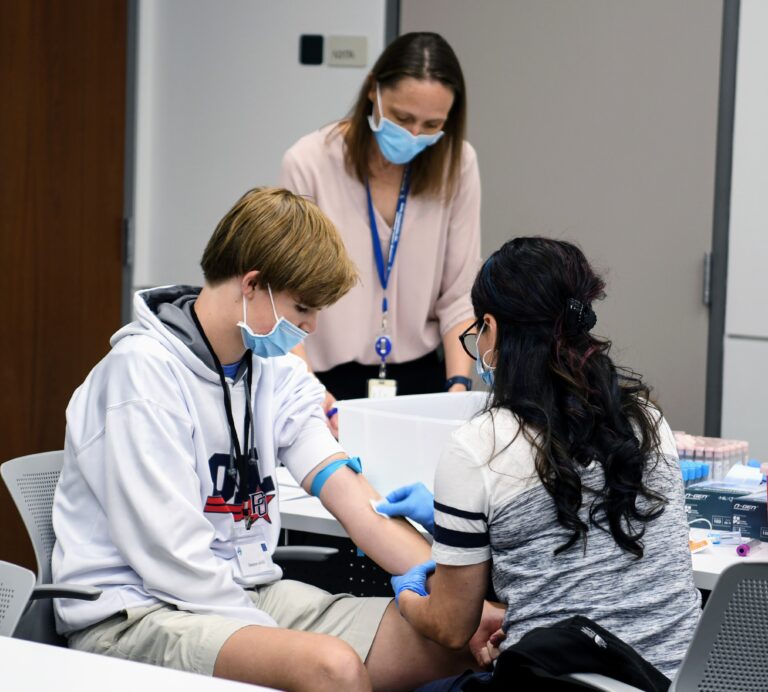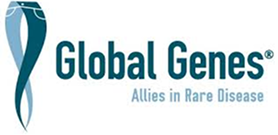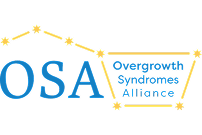

Management & Surveillance Recommendations
The TBRS Community would like to share a set of recommendations for initial clinical management and ongoing surveillance in TBRS. These recommendations were published in the GeneReview for Tatton Brown Rahman Syndrome (click here to view the full document).These recommendations may be shared with clinicians and healthcare professionals to guide the clinical management of TBRS.See recommendations below:
Initial Management Recommendations (immediately following TBRS diagnosis)
SystemEvaluationMore informationConstitutionalMeasurement of weight, length/height, & head circumferenceAssess for macrosomia.DevelopmentDevelopmental assessmentAssess motor, adaptive, cognitive, & speech/language evaluation. Evaluate for early intervention / special education.Psychiatric / BehavioralNeuropsychiatric evaluation(For individuals over 12 months) screening for behavior concerns including sleep disturbances, ADHD, anxiety, & traits suggestive of ASD.NeurologicNeurologic evaluationConsider brain MRI (if clinical symptoms) & consider EEG (if seizures are a concern).MusculoskeletalOrthopedics / physical medicine & rehab / PT & OT evaluationAssessment of gross & fine motor skills, joint hypermobility, kyphoscoliosis, mobility, ADL, need for adaptive devices, & need for physical / occupational therapy.CardiovascularBaseline echocardiogramAssess for structural heart defects & aortic dilatation.RespiratoryPolysomnographyAssess for sleep apnea (if suggested by clinical symptoms).GenitourinaryExam for cryptorchidism in malesConsider assessment for vesicoureteral reflux in those with a history of recurrent urinary tract infections.Hematologic /LymphaticConsider complete blood count (CBC) with differentialInform patients/families of potential risk of hematologic malignancy, with an emphasis on symptom awareness.A low threshold should be adopted for investigation for malignancy (in case of symptoms).Genetic counselingBy genetics professionalsInform affected persons & their families of the nature, inheritance, & implications of TBRS to facilitate medical & personal decision making.Family support& resourcesAssess the need for community support or online resources,social work involvement for parental support, & home nursing referral.
Ongoing Surveillance Recommendations
SystemEvaluationFrequencyDevelopmentMonitor developmental progress & educational needs.Every visitPsychiatric / BehavioralBehavior assessment for anxiety, attention, & aggressive or self-injurious behavior.Every visitNeurologicMonitor those with seizures.Assess for new manifestations such as seizures & changes in tone.Every visitMusculoskeletalPhysical medicine, occupational / physical therapy assessment of mobility, kyphoscoliosis, & pain.Every visitRespiratoryAssess for signs & symptoms of sleep apnea & infections.Every visitHematologic / LymphaticAssess for signs & symptoms of blood malignancy.Every visitFamily / CommunityAssess family need for social work support & care coordination.Every visitCardiovascularEchocardiogram to assess aortic root indices.Ongoing surveillance will be determined by size of aortic root, advice of cardiologist, health care framework, & data from longitudinal studies.If you have any questions about these recommendations, please reach out to our Research Coordinator at kit@tbrsyndrome.org.Ostrowski PJ, Tatton-Brown K. Tatton-Brown-Rahman Syndrome. 2022 Jun 30. In: Adam MP, Feldman J, Mirzaa GM, et al., editors. GeneReviews® [Internet]. Seattle (WA): University of Washington, Seattle; 1993-2024. Available from: https://www.ncbi.nlm.nih.gov/books/NBK581652/







